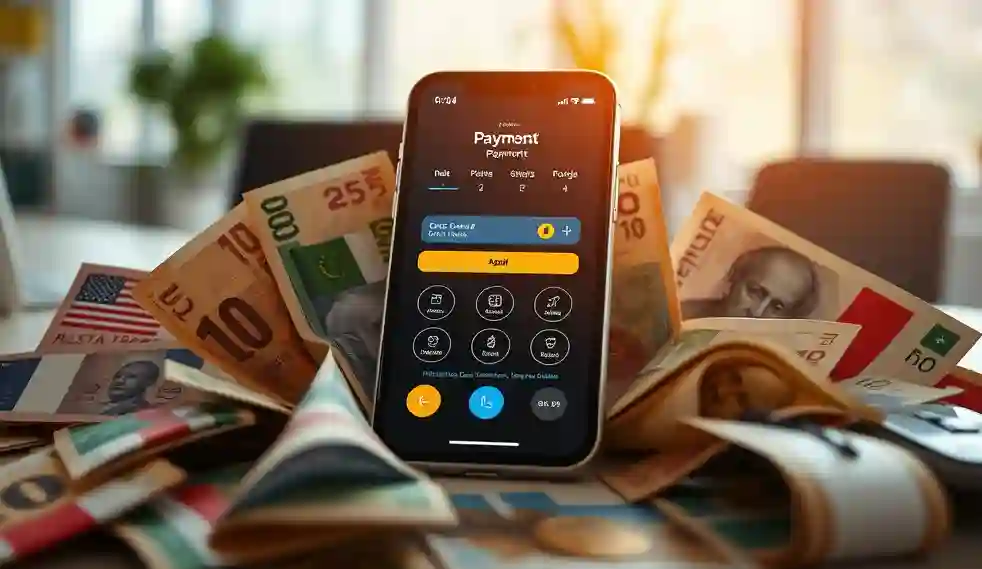In this age of hyper-connectivity, these requirements of speed, efficiency, and convenience of transfer of money have never been more in demand. The idea of quick cross-border payment has changed from a competitive side to a requirement. Whether you are a company that operates across borders, a freelancer who bills international clients, or an individual who transfers money to loved ones, global payments are fast evolving to become borderless, same-day, and frictionless.
The Traditional Landscape of Cross-Border Payments
Over the last decades, the world of international money transfer was controlled by banks and based on SWIFT, a messaging system that coordinates bank-to-bank money transfer. But this process has been a time-consuming and very costly one. Transactions used to take up to a few days to be transacted due to intermediary banks, time zones, and manual processing. There was no transparency, and this left senders with minimal to no control and knowledge of the status of the transfer and the fees charged along the way.
Such inefficiencies have presented immense opportunities to innovation, and over the last few years, the area of financial technology (or fintech) has come into disrupt the financial payments ecosystem globally.
What Makes a Payment ‘Fast’ Today?
The definition of fast international payments is the fact that payments settle almost immediately or within hours, as opposed to days. This pace can be explained by decreasing the number of intermediaries, automating the verification procedures, applying real-time settlement systems, and utilizing recent technologies such as blockchain and digital currencies.
It has been the product of platforms like Wise, Revolut, Payoneer, and Ripple that transfer money internationally at a rapid speed and with reduced costs. They are able to do this by having local accounts in those countries in question, and these accounts allow them to make transfers over the local rather than the general bank system.
Technological Forces Behind the Shift
There are a few technologies at the forefront of the creation of fast international payments. Blockchain is one of the most innovative solutions that makes it possible to conduct peer-to-peer transactions without the use of centralized clearinghouses. Blockchain enables settlements that take hours but days to occur in seconds, comes with better transparency and security due to its decentralization, as its ledger system is decentralized.
Open banking has also been of the essence by assisting banks and fintechs to exchange data in a secure manner, as well as facilitate the integrated payment options via APIs. It has resulted in an unrest in creative services in response to certain consumer necessities, such as operating information in real time, as well as dynamic currency conversion.
Artificial intelligence and machine learning have become common applications to accelerate compliance checks, identify and mitigate fraud in real-time, and to personalize payments with behavior.
The Benefits and Broader Impacts
The move to make international payments faster has many benefits. It enhances cash flow and makes it easier to conduct global business in the case of businesses, particularly SMEs. To consumers, it equates to faster access to funds, competitive exchange rates, and lower fees. It also heightens financial inclusion and therefore, people in less developed countries can better integrate into the global economy.
What Challenges Remain?
There are some challenges that exist in spite of the benefits. The financial regulations in different countries vary, and this may slow down transactions or even present compliance risks. Another barrier to worldwide fast payment systems is infrastructure restraints in less-developed markets. In addition, the technology of transferring funds at an increased rate requires greater concentration of cybersecurity to contain the developing threats.
Conclusion
Faster international payments are not merely an improvement in the level of convenience- they are changing the way we even conceptualize money transfers in a globalized world. This potential revolution is likely to further grow the international transfer, not only in speed but also efficiency, lower cost, and inclusivity as technological advances are made. Innovation is the future of international money transfers and, in this respect, the competition is already fierce as real-time payments have already become an objective.



































